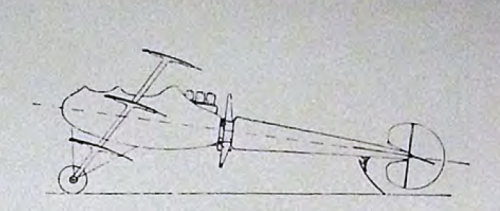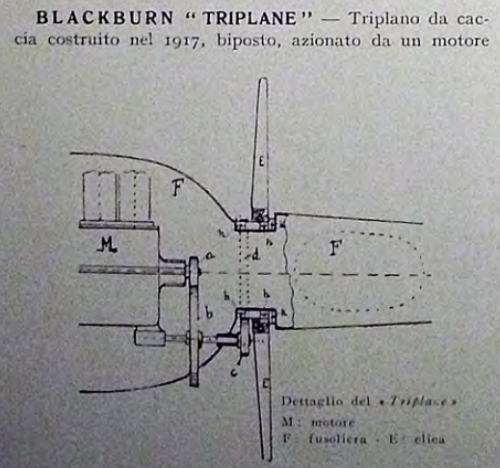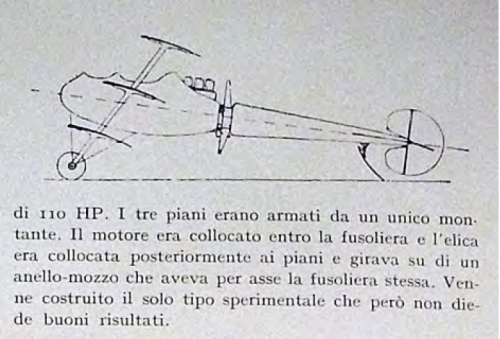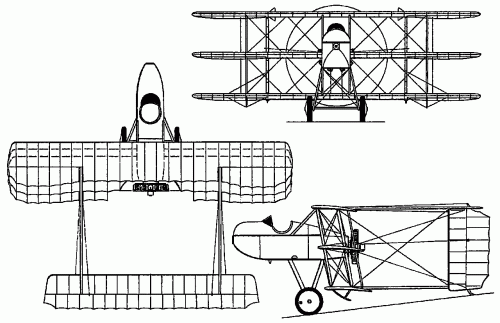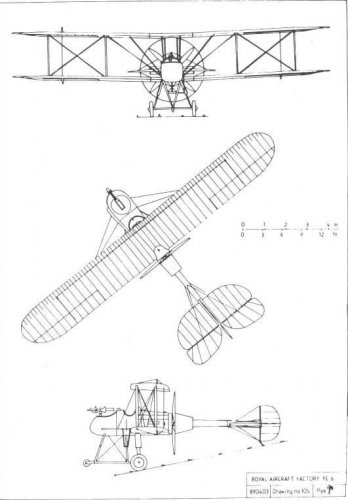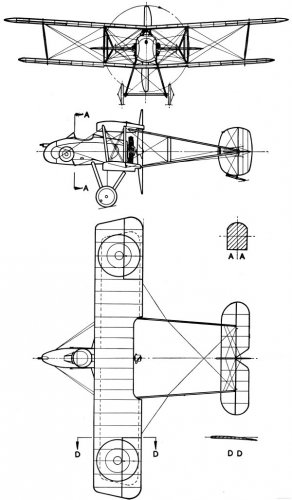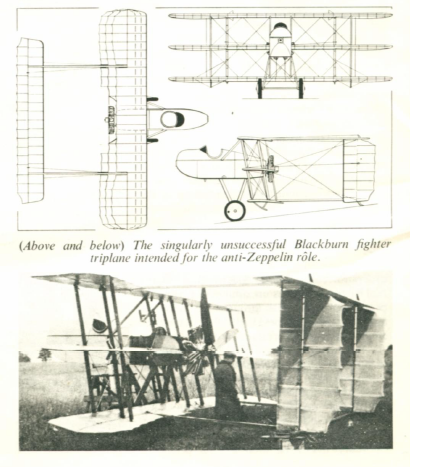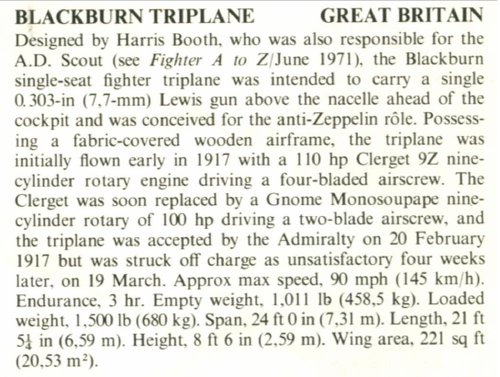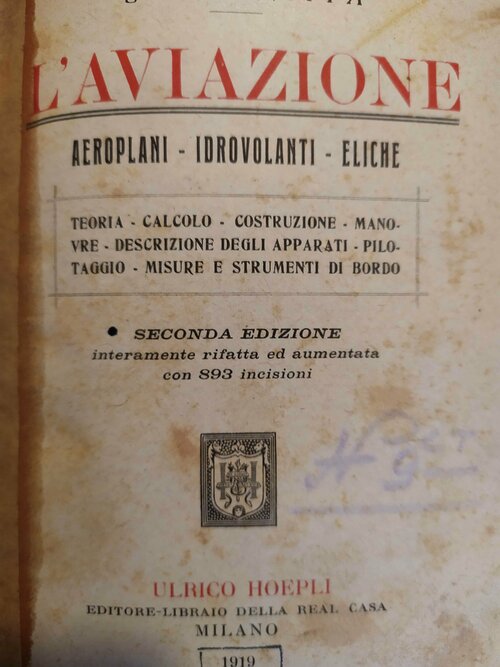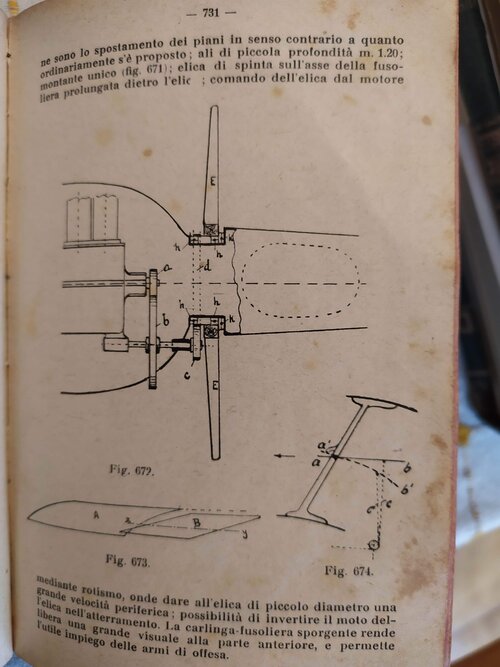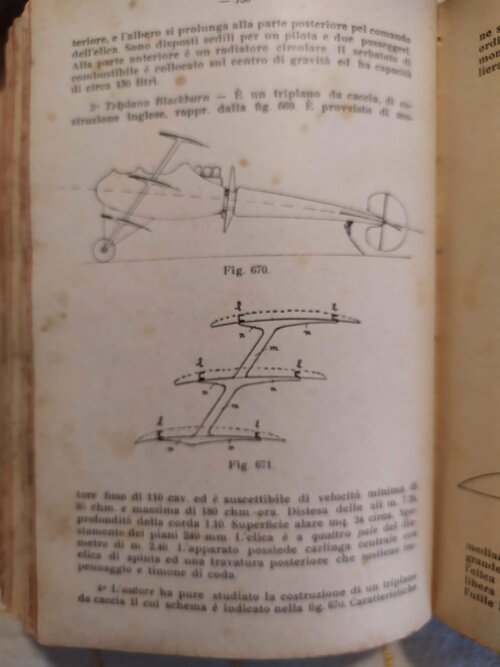- Joined
- 26 May 2006
- Messages
- 32,695
- Reaction score
- 11,960
Hi,
here is a Blackburn unknown Triplane Fighter Project of 1917,featured with a propeller mounted
at the mid-fuselage,and powered by one 110 hp engine,what was this ?.
here is a Blackburn unknown Triplane Fighter Project of 1917,featured with a propeller mounted
at the mid-fuselage,and powered by one 110 hp engine,what was this ?.
Attachments
Last edited:

